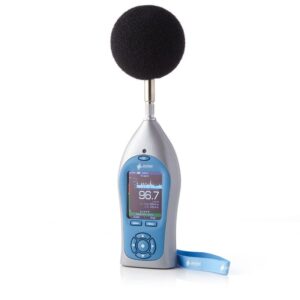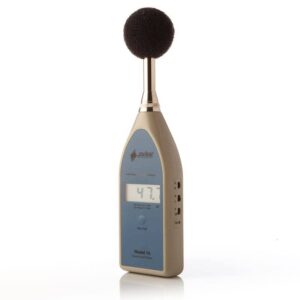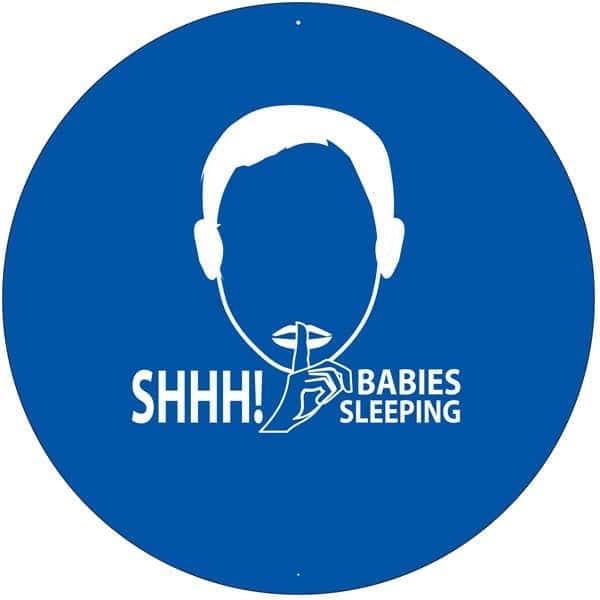Hospital Noise Products from Pulsar Instruments
-

7-year
Warranty
SafeEar Noise-activated Warning Sign – Shhh Quiet ZoneFrom: £342.00 (Ex. VAT/GST) -

7-year
Warranty
Nova Noise at Work Sound Level MeterFrom: £1,605.00 (Ex. VAT/GST) -

Last Chance
To Buy
Digital Noise Meter for Noise Level TestingFrom: Original price was: £315.00.£283.50Current price is: £283.50. (Ex. VAT/GST)
Problem noise in hospitals
Hospital noise can cause problems for both hospital patients trying to recover and for the staff members who work there. There are several key areas of concern, including:
- Noise levels at night on hospital wards
- Noise levels in neonatal units (NICU) and in intensive care units (ICU)
- Noise at work for hospital employees
Noise at night
Lack of sleep due to hospital noise levels on wards is a rising problem for many patients around the world, as sleep plays an important role in regulating the impact of pain and the immune system, as well as people’s mental and emotional well-being. It, therefore, follows that there is growing evidence that shorter and poorer quality sleep in hospitals is linked with slower patient recovery and longer hospital stays.
Disturbed patient sleep, especially in children’s wards, is of particular concern. The WHO guidelines suggest hospital noise levels should average 35dB(A) during the day and 30dB(A) at night. However, noise typically exceeds this; 60dB(A) has been recorded during the day with peaks above 100dB(A), and although wards are quieter at night, peaks of 85dB(A) are often recorded.
“Unnecessary noise, then, is the most cruel absence of care which can be inflicted either on the sick or well.”
Florence Nightingale (1859)
Significant reductions in noise levels are a challenge as hospitals are noisy places with a high level of background noise from staff activities, machinery and medical equipment, alarms, noisy doors, and hospital trolleys, for example.
Read our Case Study from Glangwili General Hospital, Wales, about using the Pulsar SafeEar to halve noise at night in intensive care units of the hospital and reduce cases of overall patient delirium.
Noise in neonatal wards
Noise from medical equipment, alarms, incubators opening and closing, staff activities and visitors can make neonatal units and intensive care units (ICUs) very noisy places. Add to that the amount of hard reflective surfaces and how close beds or incubators are to each other, and you’ve got an acoustically unpleasant environment where noise bounces around and gets amplified.
A pre-term baby’s hearing is far more sensitive, so there is potential for long-term hearing damage from excessive noise. Some studies show that there may also be links to language development; a baby that goes to full term has been protected from all but lower frequency noises in the womb (< 250 Hz), pre-term babies are exposed to higher frequencies earlier than those at full-term, often before their brain and sensory development is established.

Hospital Noise at Work Issues
Laboratory noise
The routine work of people in pathology labs often involves the analysis of samples using noisy equipment such as centrifuges and shakers. Any laboratory operation that exposes laboratory personnel to a significant noise source of 85 decibels or greater for an 8-hour average duration should have a noise management policy in place to protect its workers from excessive exposure and noise-induced hearing loss.
Noise during major surgery
Some medical procedures and surgery (particularly bone surgery) require the use of noisy machinery as part of the operation. Whilst the majority of instruments operate at noise levels below 80dB(A), some machinery, such as bone saws, for instance, can have peak noise levels (CPeak) in excess of 140dB(A). Frequent exposure to this peak noise could be responsible for levels of hearing loss amongst orthopaedic surgeons.
In addition, the high noise levels can be particularly problematic in operating theatres, where hard, shiny surfaces and floors can cause sounds to reverberate.
Read our Case Study about how Pulsar helped a group of British orthopaedic surgeons understand their exposure to noise and why it could mean they are losing their hearing.
Solutions
Pulsar Instruments offers a range of noise measurement and noise warning signs for use in hospitals and neonatal units. Our noise-activated warning sign, the Pulsar SafeEar, lights up to warn staff and visitors when a pre-set noise level has been reached or exceeded and noise levels need to be reduced. They can be mounted in hospital wards, corridors, public places or around the nurses’ station to give a clear message that noise should be kept to a minimum without disturbing patients. They can also be used with a data logger for monitoring noise levels overnight or over a longer period to identify trends or problem times.
Simple to use hand-held noise level meters, such as the Pulsar Model 14 or Pulsar Nova, can also be useful for making spot checks on noise or noisy equipment, or to identify problem activities, or for use with a kit for longer-term noise monitoring.
Use the Pulsar SafeEar to alert staff and visitors when pre-set noise levels are exceeded.
Specific noise control measures can include:
- Use data from self-reported patient questionnaires for ratings of sleep quality and quantity to help identify problem noise and its sources. Staff from all levels and departments should work together with patient groups to facilitate change or improvements as a ‘one-size’ fits all approach is unlikely to be less effective.
- Set a ‘quiet time’ overnight and advertise this with posters in corridors and wards.
- Identify noisy equipment which can be adjusted to reduce noise levels at night
- Identify faulty machinery or equipment that requires maintenance so that maintenance teams can fix anything that’s causing unnecessary noise; use “I am noisy stickers” to identify them.
- Fit soft door or slow door closures.
- Stop using sticker printers at night.
- Add foam pads to bin lids to reduce banging on closure.
- Use sound-absorbing flooring (especially in neo-natal units)
- Raise awareness of noise problems with staff and teach them how to reduce patients’ call button volumes at night
- Provide patients with a “Sleep well” pack containing eye-masks, earplugs, advice on sleep hygiene, “do not disturb” bed magnets and “I’m noisy” stickers.
- Make herbal and decaffeinated drinks available at night time.